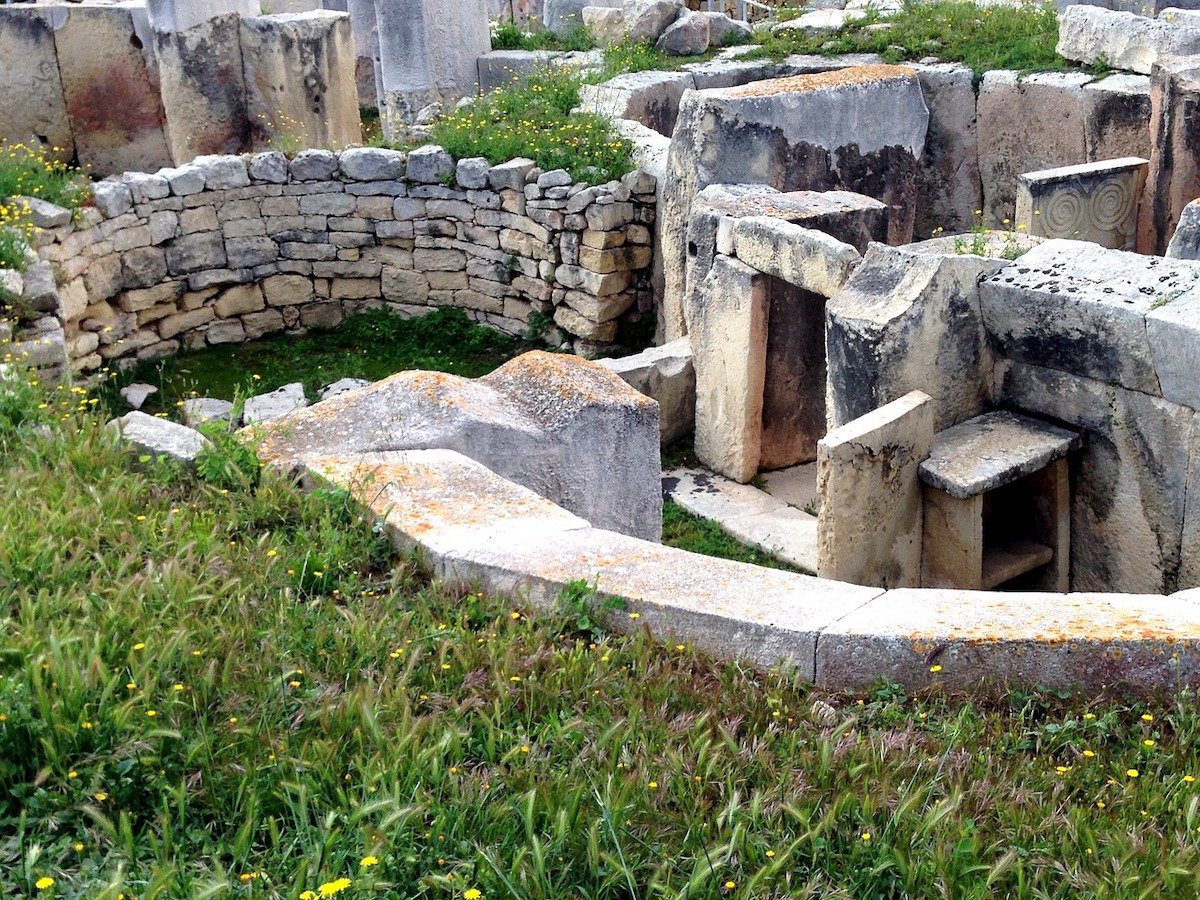The Oldest Buildings in Europe That Are Still Standing
/The Oldest Buildings in Europe That Are Still Standing
Europe has a long history of civilizations rising and crumbling, with each leaving architectural marks of their traditions and glory. Filled with thousands of castles and forts preserved or fallen to ruins, Europe has many stories to tell of lost glories from long ago.
In this article, we will take you around some of the oldest buildings in Europe that are still standing. From knowing the historical significance of the buildings to the visiting details for these historical structures, the article will cover all the necessary details you will need to hear their stories for yourself.
Eight Oldest Buildings In Europe That Are Still Standing
Stonehenge
Year Built: c. 3000 BCE
Location: Salisbury Plain, Wiltshire, England
Purpose: Burial site
Still Standing: Yes, mostly intact
Built about 5000 years ago, Stonehenge in Wiltshire, England is one of the world's biggest mysteries. It is believed to be a Neolithic period burial ground, but the puzzle yet to be solved is the means by which such massive monoliths were erected without the use of any modern technology or even the wheel.
Historians believe that the structure took 1500 years to erect and fulfill the purpose for which it was started. Archeological evidence has shown that the ground was a burial site. However, scholars believed it to be a site for ceremonial activities, religious pilgrimages, and a site used by the people to reconnect with the ancestral spirits. Today, the building stands as one of the Seven Wonders of the World, attracting thousands of tourists each year.
2. Megalithic Temples of Malta
Year Built: 3600 BCE
Location: Tarxien, Southern Malta
Purpose: Worshiping site
Still Standing: Yes, mostly intact
Built around the 4th millennium BCE, the Megalithic Temples of Malta are the world’s earliest freestone standing buildings in Europe. The seven temples were developed individually, each having its own unique architectural structures of varying forms and shapes. The buildings start with an elliptical forefront and expand into a concave façade. The temples are a remarkable example of the cultural splendor and sophisticated architectural traditions of the Tarxien people.
At present, conservation is a big concern for the authorities given the conflicts between the Maltese islands. The excavations conducted around the 2010s have also left the site exposed to climatic hazards including erosion and deterioration. To protect this world’s heritage, temporary conservative measures are being undertaken by the authorities.
3. Newgrange
Year Built: 3200 BC
Location: Boyne Valley, Meath, Ireland
Purpose: Burial site
Still Standing: Standing in partial ruins
Among many historical places in England, such as Ross Castle, Newgrange contains a prominent cultural heritage of the Irish region. This Neolithic monument pre-dates the Pyramids of Giza and even Stonehenge. The structure expands to an area of 4500 square meters (just over an acre) and is one of the most important megalithic complexes in Europe.
Newgrange was originally believed to be a burial ground, but recent discoveries have made archeologists speculate about the importance of the structure. The site was recognized as a UNESCO World’s Heritage in 1993. Every year, thousands of visitors come to visit this mystical beauty. Many tourists are intrigued to witness the Winter Solstice phenomenon in Newgrange where the sunlight shines directly through the rooftop box to illuminate the inner passage of the tomb.
4. Skara Brae
Year Built: 3000 BC
Location: Orkney Islands
Purpose: Neolithic settlement
Still Standing: Standing in ruins
Known as one of the earliest-known Neolithic settlements, Skara Brae consists of ten stone structures constructed from flagstones and layered with earth to close the gaps and insulate the inner structures. The interior hearths were used to keep the places warm while the furniture for the houses was fashioned from the same flagstones.
The building is believed to be one of the most perfectly preserved structures in Europe. The site attracts thousands of tourists yearly with its display of Neolithic traditions. Visiting Skara Brae, you will find a collection of prehistoric, circular houses connected by inner passageways.
5. Gray Cairns of Camster
Year Built: 4000 BC
Location: Highland region of Scotland
Purpose: Neolithic burial grounds
Still Standing: Standing in ruins
Among many Scottish historical treasures like Braemar Castle, the Cairns of Camster stand as some of the oldest buildings in Europe. Known to be two of the best Neolithic chambers preserved across centuries, the Gray Cairns of Camster are believed to have been funerary grounds.
The two cairns differ from each other in terms of their appearances–one stands in a circular form while the other spreads out as a ridge, measuring 70 meters (76.5 yards) long. The round cairn is believed to have been constructed earlier. Today, the cairn’s stone roof has largely spilled over the curb, but it originally looked like a dome-shaped structure.
The ridge cairn, of the two, is worth the visit. Two horns on either end of the structure extend to give an impression of a forecourt. Two internal chambers that originally connected to the east side of the cairn have collapsed over time. Although the site is believed to be funerary, no graves or burials were found during the modern excavation.
6. Ggantija, Malta
Year Built: c. 3600 BC
Location: Island of Gozo, Malta
Purpose: Worship temples
Still Standing: Standing in ruins
The name deriving from Maltese “ggnat” for giants, the Ggantija Temples in Malta date back to 3600 BC. The temples were active till 2500 BC when they fell out of use and were not discovered until the nineteenth century. As the name suggests, the temples were believed to be made and used by giants. The huge size of the limestone blocks used to build the temples, exceeding 5 meters (16.4 ft) in length, help to support the myth.
A number of statues were recovered from the temples along with some other prehistoric objects. You can visit these objects at the Museum of Archeology in Gozo. In addition, the newly constructed Interpretation Center at Ggantija Temples also allows the visitors to explore Neolithic life in detail.
7. The Cairn of Barnenez
Year Built: 4200 BC
Location: Plouezoc’h, France
Purpose: Megalithic mausoleum
Still Standing: Partial ruins
The Cairn of Barnenez was built around 4200 BC, predating the Pyramids of Giza. The cairn is considered to be the oldest and also one of the largest mausoleums in Europe. Two burial chambers have been discovered inside–the first was built in 4500 BC and the second, a few hundred years later. The site was used as a quarry for a longer time, until the 1950s, which severely impacted the structure of the cairns and resulted in the collapse of some of the chambers.
The Carin is not entirely open for the public to visit. Some chambers are partially exposed for the visitors while the others are restricted for conservation purposes. The excavations revealed a number of Neolithic items including pottery, spears, axes, and arrowheads which are displayed in the visitor center.
8. Tumulus of Bougon
Year Built: 3000 BC
Location: Bougon, France
Purpose: Cult center and burial site
Still Standing: Partial ruins
Also famously known as the Necropolis of Bougon, the Tumulus of Bougon is one of the oldest surviving megalithic structures in West France. The tumulus consists of five distinct barrows which each have their own unique architectural style. The barrows contain evidence of human burials.
Discovered in the 19th century followed by major excavations to understand the significance of the structure, the tumulus is open for the public to visit. Several artifacts and archeological findings are displayed in the museum adjacent to the tumulus.
You may also like:
Do you marvel at these ancient buildings full of European civilization? The best way to record these buildings or anything interesting you are while traveling is to customize them into unique stickers. These custom stickers can be attached to your suitcase or used to create a scrapbook of travel memories.
We hope that you found these eight buildings a fascinating trip into the far past of European history. Let us know in the comment section which building you would like to visit the most and why? Looking forward to your comments.
Contributed by Zunaira Ghazal - an architect, designer, and writer for RevisitingHistory.com.
























